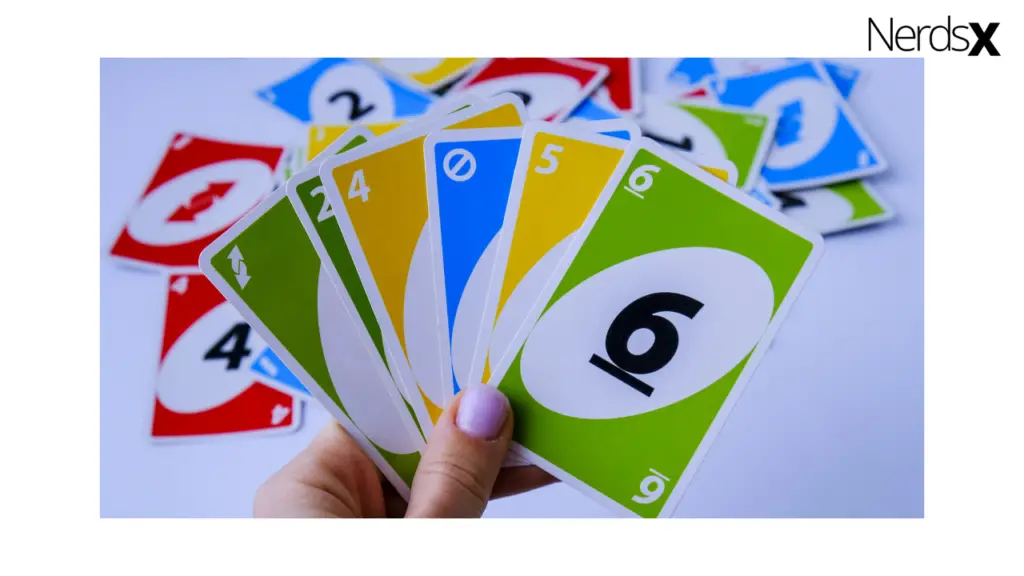Splendor board game strategy involves focusing on early game gem collection, aiming for high-value cards, balancing gem colors, reserving cards strategically, keeping an eye on opponents, and planning ahead. The best approach will depend on the specific game situation and opponents’ moves, so it’s important to be adaptable and flexible.
Understanding the Game Mechanics
Splendor is a board game that involves collecting gems and purchasing cards to gain points. The game mechanics involve players taking turns performing actions such as taking gems, reserving cards, or purchasing cards. Each card requires a certain combination of gems to be purchased and provides a certain number of points. Players can also earn bonus points by collecting sets of different gem colors. The game ends when a player reaches 15 points, and the player with the most points at the end of the game wins. The game mechanics are designed to encourage strategic thinking and decision-making as players compete to collect the most valuable cards and gems.
Types of cards
In Splendor, there are three types of cards: development cards, noble cards, and gold joker cards.
- Development cards: Development cards are the main cards in the game and are divided into three tiers based on their value. Each development card requires a specific combination of gems to be purchased and provides a certain number of points. The higher-tier cards are more valuable and require more gems to be purchased.
- Noble cards: Noble cards are bonus cards that players can earn by collecting sets of different gem colors. Each noble card provides a certain number of points and can only be earned by meeting the required gem set.
- Gold joker cards: Gold joker cards are wild cards that can be used as any gem color when purchasing development cards. They are acquired by reserving certain development cards.
Understanding the different types of cards is essential to developing a successful strategy in Splendor. Players must carefully choose which cards to pursue and balance their gem collection to achieve the required combinations for purchasing the most valuable cards.
General Tips for Winning
Here are some general tips for winning at Splendor:
- Plan ahead: Always think several moves ahead and consider how your current moves will affect your future options.
- Prioritize high-value cards: Aim to purchase high-value cards as soon as possible to get a significant boost in points.
- Balance your gem collection: Keep a balance of different gem colors to give you more flexibility when purchasing cards and prevent getting stuck without the right gems.
- Use reserve tokens strategically: Reserve cards that you really need, especially those high-value cards that your opponents are also targeting.
- Keep an eye on your opponents: Pay attention to the cards your opponents are collecting and purchasing, as well as the gems they have in their possession. This will give you an idea of their strategy and allow you to adjust your own accordingly.
- Focus on earning noble cards: Noble cards can provide a significant boost in points and are earned by collecting sets of different gem colors.
- Don’t overlook the lower-value cards: Lower-value cards can provide crucial gem bonuses that can help you purchase higher-value cards later on.
Remember that the key to winning at Splendor is to be flexible and adapt your strategy to the game situation and your opponent’s moves. By following these general tips and adjusting your strategy as needed, you can increase your chances of success.
Advanced Strategies for Winning
Here are some advanced strategies for winning at Splendor:
- Utilize reserved cards strategically: In addition to reserving cards you need, you can also use reserve tokens to block your opponents from getting a card they need. Reserve a card that doesn’t help you but would be useful to an opponent to slow down their progress.
- Take advantage of nobles: Not only do noble cards give bonus points, but they also count as a discount towards purchasing a development card. Plan your gem collection around earning nobles to save on gem costs.
- Build an engine: Focus on purchasing cards that provide gem bonuses or allow you to reserve more cards. This creates an engine that generates more resources, making it easier to purchase high-value cards and earn more points.
- Track your opponent’s points: In addition to their gem collection, keep an eye on how many points your opponents are earning. This will help you determine if you need to be more aggressive or defensive in your strategy.
- Use gold jokers effectively: While gold jokers can be used as any gem color, they are especially valuable for purchasing high-value cards. Reserve cards that provide a gold joker or that require a gold joker to purchase to increase your chances of getting one.
- Take risks: Sometimes taking a risk and purchasing a card that doesn’t fit perfectly with your current strategy can pay off in the long run. Don’t be afraid to go for a high-value card even if it means sacrificing some short-term gains.
Early Game Strategy
The early game in Splendor is critical to set up your strategy for the rest of the game. Here are some tips for early-game strategy:
- Focus on gem collection: In the early game, prioritize collecting gems to give you more options for purchasing development cards later on. Aim to collect at least two of each gem color, but prioritize the colors that are required for high-value cards.
- Reserve high-value cards: Look for high-value cards that you can reserve early in the game, even if you don’t have the gems to purchase them yet. Reserving cards can help prevent your opponents from getting them and give you an advantage later on when you have the necessary gems.
- Aim for low and medium-value cards: In the early game, focus on purchasing lower and medium-value cards to get gem bonuses and establish a foundation for your strategy. Look for cards that provide a gem bonus for a color you need or that require gems you have already collected.
- Keep an eye on your opponents: Pay attention to your opponent’s moves in the early game, as it can give you an idea of their strategy and help you adjust your own accordingly. Try to block them from getting high-value cards or gems they need.
- Consider noble cards: Early in the game, look for opportunities to collect sets of different gem colors to earn noble cards. Noble cards can provide a significant boost in points and can also count as a discount towards purchasing development cards.

Mid-Game Strategy
The mid-game in Splendor is when you start to build up your point total and work towards achieving your end-game goals. Here are some tips for mid-game strategy:
- Focus on purchasing high-value cards: By this point in the game, you should have a solid foundation of gem colors and a few development cards. Prioritize purchasing high-value cards to get a significant boost in points and give you an advantage over your opponents.
- Consider the point value of noble cards: As you continue to collect sets of different gem colors, consider the point value of noble cards and whether they are worth pursuing. If a noble card will give you a significant boost in points and help you achieve your end-game goals, prioritize collecting the necessary gem colors.
- Block your opponents: Pay attention to your opponent’s moves and try to block them from purchasing high-value cards or earning noble cards. Reserve cards they need or take gems they are collecting to slow down their progress.
- Use your engine to generate more resources: If you have built an engine of development cards that provide gem bonuses or allow you to reserve more cards, use it to generate more resources and make it easier to purchase high-value cards.
- Calculate your opponent’s points: By this point in the game, you should have a good idea of your opponent’s strategies and how many points they are earning. Use this information to adjust your strategy and make sure you are on track to achieve your end-game goals.
- Take risks: Don’t be afraid to take risks and purchase cards that may not fit perfectly with your strategy but could provide a significant point boost. Consider the point value of the card versus the cost of gems and whether it is worth the investment.
Late Game Strategy
The late game in Splendor is when you start to make your final moves toward achieving your end-game goals and earning the most points possible. Here are some tips for late-game strategy:
- Focus on achieving your end-game goals: By this point in the game, you should have a clear idea of your end-game goals and what you need to do to achieve them. Focus on purchasing the cards and collecting the gems you need to reach your goals and earn the most points possible.
- Block your opponents: As the game nears its end, blocking your opponents becomes even more important. Prevent them from purchasing high-value cards or collecting the gems they need to achieve their end-game goals.
- Prioritize point value over gem collection: In the late game, point value becomes more important than collecting gems. Prioritize purchasing high-value cards that will earn you the most points and provide bonuses towards achieving your end-game goals.
- Use your engine to its fullest potential: If you have built an engine of development cards that provide gem bonuses or allow you to reserve more cards, use it to its fullest potential in the late game to generate more resources and purchase high-value cards.
- Keep an eye on the noble cards: As the game nears its end, noble cards become even more valuable. Keep an eye on which noble cards your opponents are close to earning and try to block them if possible.
- Calculate your opponent’s points: In the late game, it is crucial to calculate your opponent’s points and adjust your strategy accordingly. If you are behind, take more risks and focus on high-value cards that will earn you a significant point boost.
Conclusion
In conclusion, Splendor is a fun and strategic board game that requires a mix of tactical decisions and forward-thinking planning to succeed. Understanding the game mechanics, different types of cards, and basic strategies is crucial to winning.
References:

